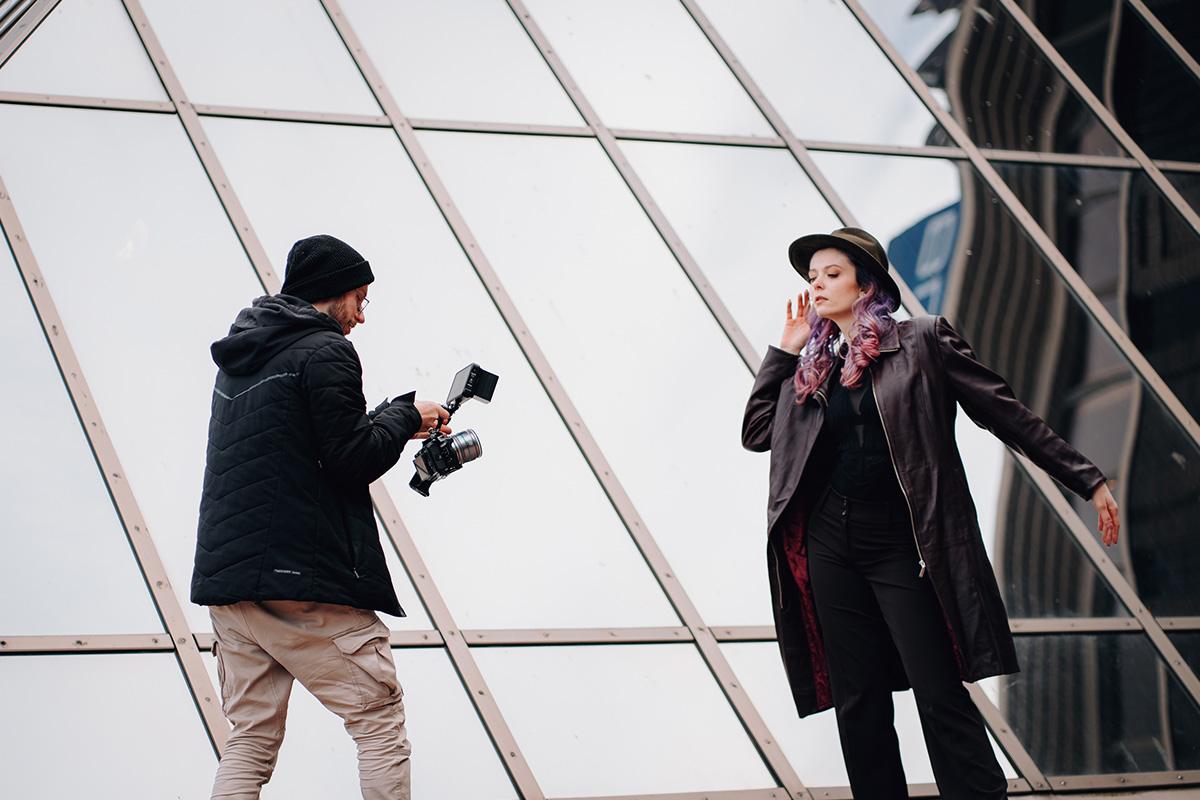Introduction:
Travel photography is a mix of portrait, street, and landscape photography. It entirely depends on you which of these you choose during your travel planning. Although the final result of the image you show your friends depends heavily on many different factors, the focal length of the camera lens is the most fundamental and decisive.
For beginners, it is important to know that the focal length (measured in mm) is the distance between the center of the lens and the camera sensor. This distance helps the camera direct the light to the right spot and determines the angle of view and magnification on the sensor.
To illustrate: smaller focal lengths like 16 mm and 24 mm offer a wider angle of view on the sensor, while focal lengths like 75 mm and 120 mm enlarge the image by narrowing the field of view.
The narrowing and widening of the image section are not the only factors that determine the field of view; the sensor size also plays a role. For example, a crop sensor like the APS-C sensor has a smaller field of view than a full-frame camera. Now let's set theory aside and link the practical application of the focal length of camera lenses with your travel plans:
1. Perspective > Focal length!
As you have seen above, we mentioned that the focal length affects the field of view but not that the final result of your image depends on the focal length. It is a myth that focal length is a decisive factor for good travel photos. In fact, it depends on the perspective of each individual photo you want to take.
This perspective describes the relative size and position of objects in a photo and is directly influenced by the position relative to the subject being photographed, not by the focal length of the camera lens. For example, if you photograph the same object from the same distance but with different focal lengths, you get a consistent perspective. However, the difference between the images arises from the crop on the sensor. In short: by simply changing the position, you can take many images with the same focal length.
2. Full story or just zoomed in?
If you stand in front of a mountain with two different lenses, you get completely different pictures (unless you use a zoom lens; in this case, you don't have to change lenses). With a wide-angle lens, you capture a complete and majestic image of the mountain, while lenses with higher focal lengths lose the field of view but focus only on a part of the mountain.
To capture both worlds, many people carry lenses with higher and lower focal lengths but have to constantly change lenses. To choose the right lens kit for your next trip, a full-frame lens with a focal length range between 18–24 mm and 105–120 mm is recommended.
For all with crop sensors, lenses between 14–18 mm and 70–80 mm are suitable. With all these lenses, most situations can be captured, but here it also depends not only on the focal length but also on the perspective.
It is also practical to have two lenses for wide-angle and zoom shots. Have we already mentioned how cumbersome it can be to carry lenses alongside the camera body while hiking? No, we just want to point out once again how annoying it is to carry a heavy bag full of camera equipment while traveling – nobody likes that!
To avoid this, it is generally accepted in this industry that replacing two lenses with a single, powerful 35mm lens is the solution and is appreciated by many photographers, as such lenses are easy to carry and their focal length offers a good compromise between capturing expansive landscapes and creating flattering portraits.
We recommend the S35 variant of the SIRUI Night Walker T1.2 lens series with a 35 mm focal length – the ideal lens for travel photography. Thanks to its compact and lightweight design, this lens is a great all-rounder for on the go. Thanks to the particularly low dispersion and the high refractive index glass elements, you achieve solid performance in both wide-angle landscape shots and portraits while simultaneously obtaining sharp images.
3. Night and Low-Light Photography
A camera lens must also work at night when you are sitting by the campfire telling your friends at home about your adventures. For good, presentable night photos, you need a camera (mounted on a tripod) with an aperture between f/1.2 and f/2.8 and plenty of light for sharp night photos with grain.
Here too, it is recommended SIRUI Night Walker T1.2, as it is designed for such low-light conditions without increasing ISO values. Thanks to their compact size, these lenses are excellent for travel photography and deliver professional shallow depth of field even in poor lighting conditions.





